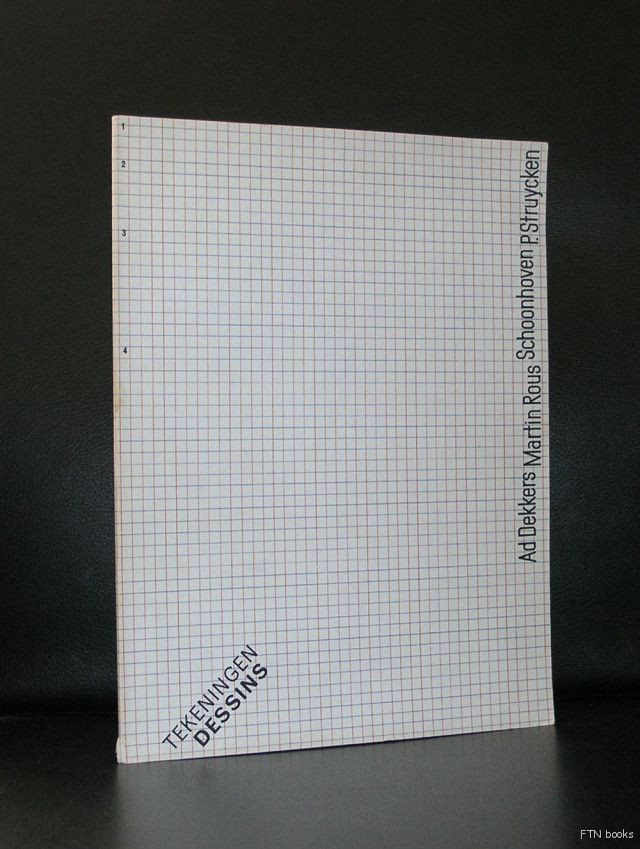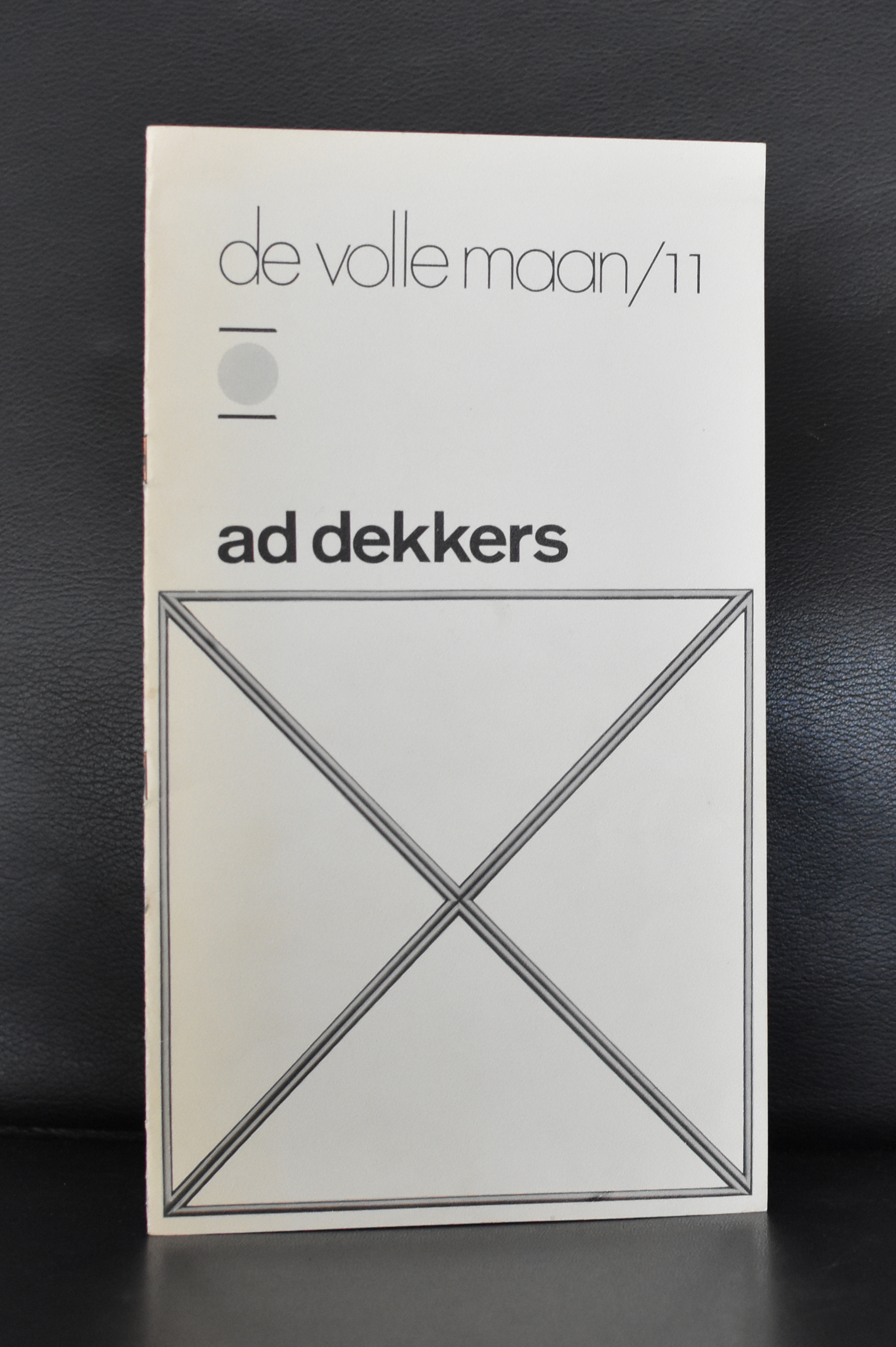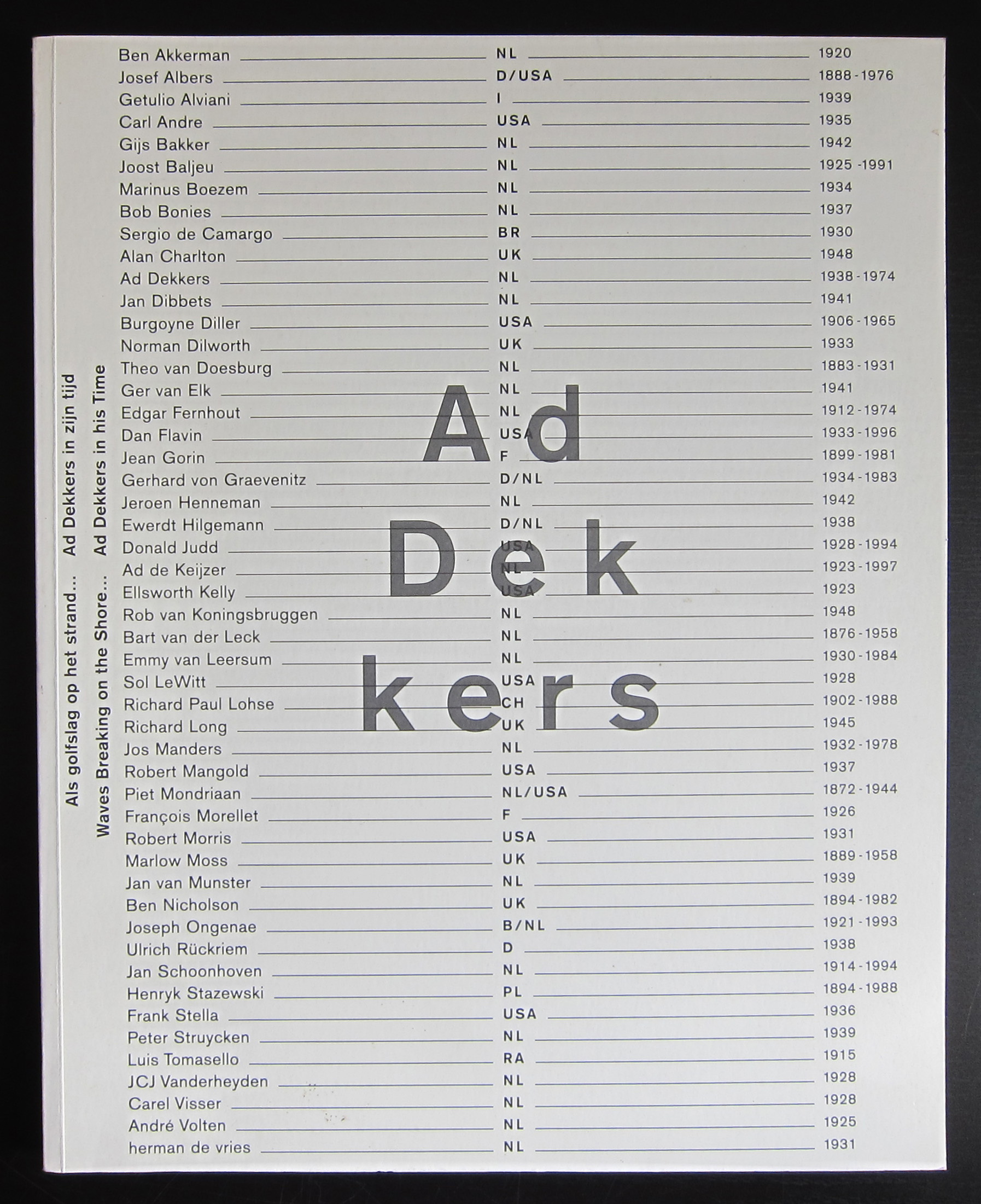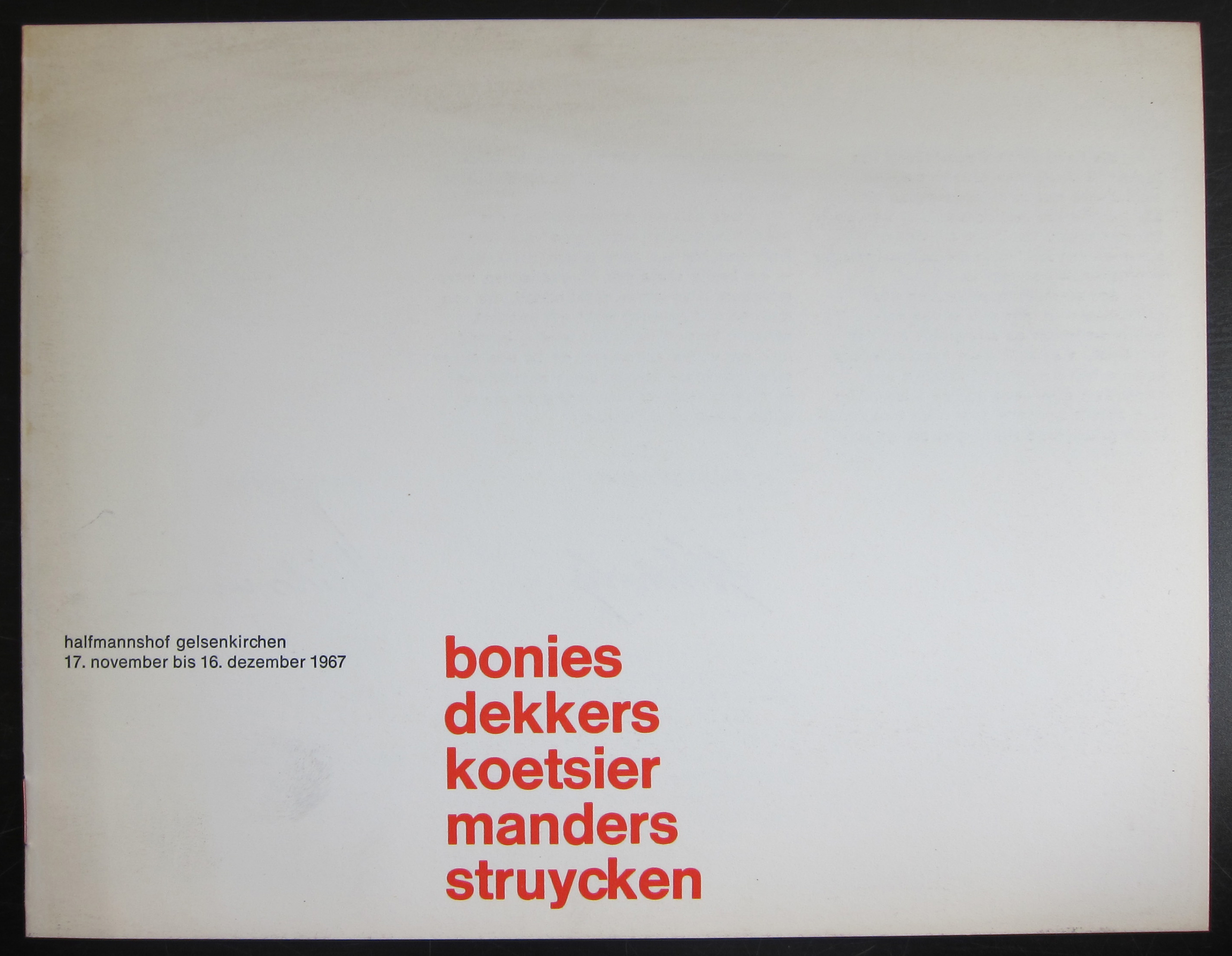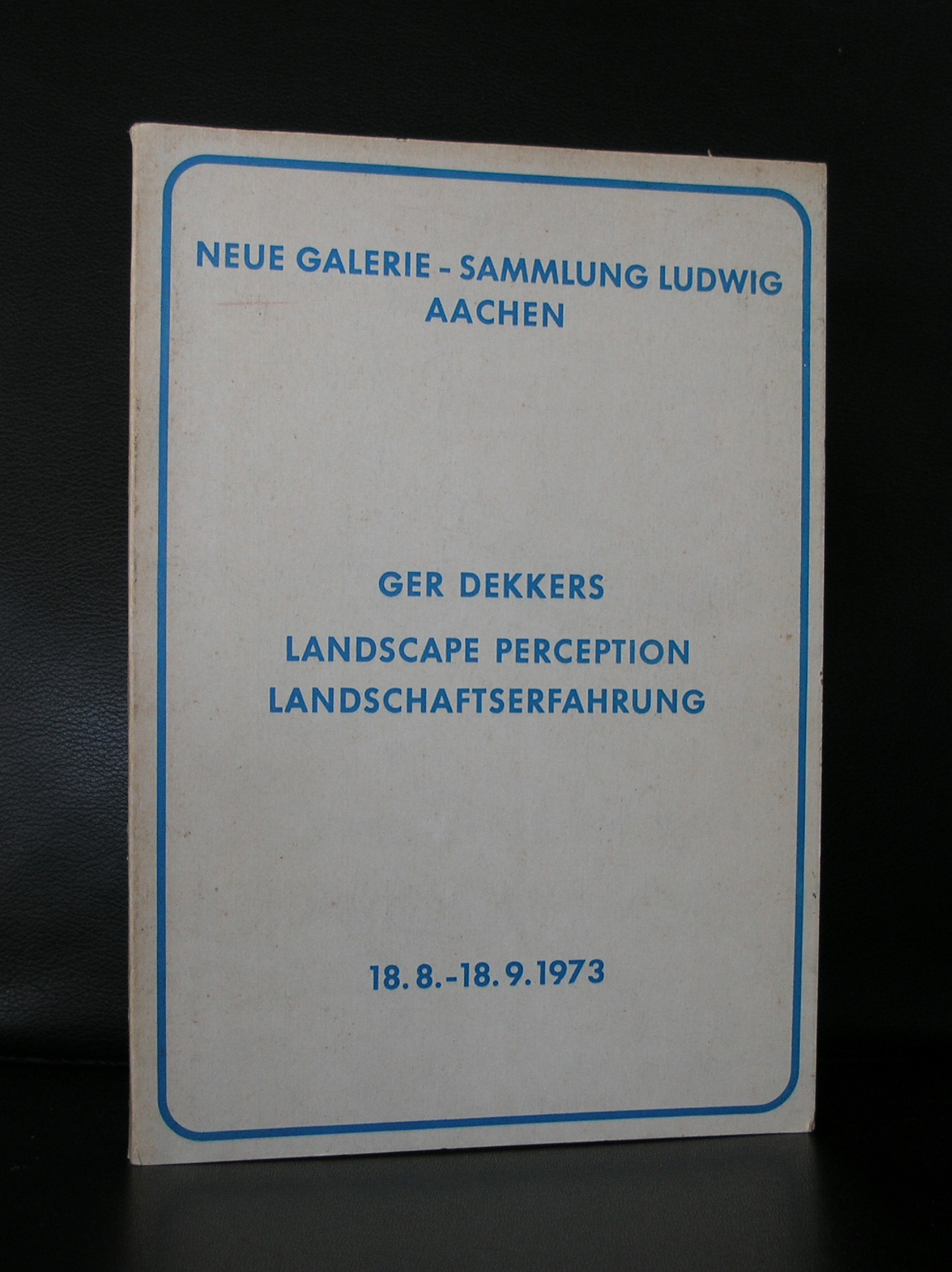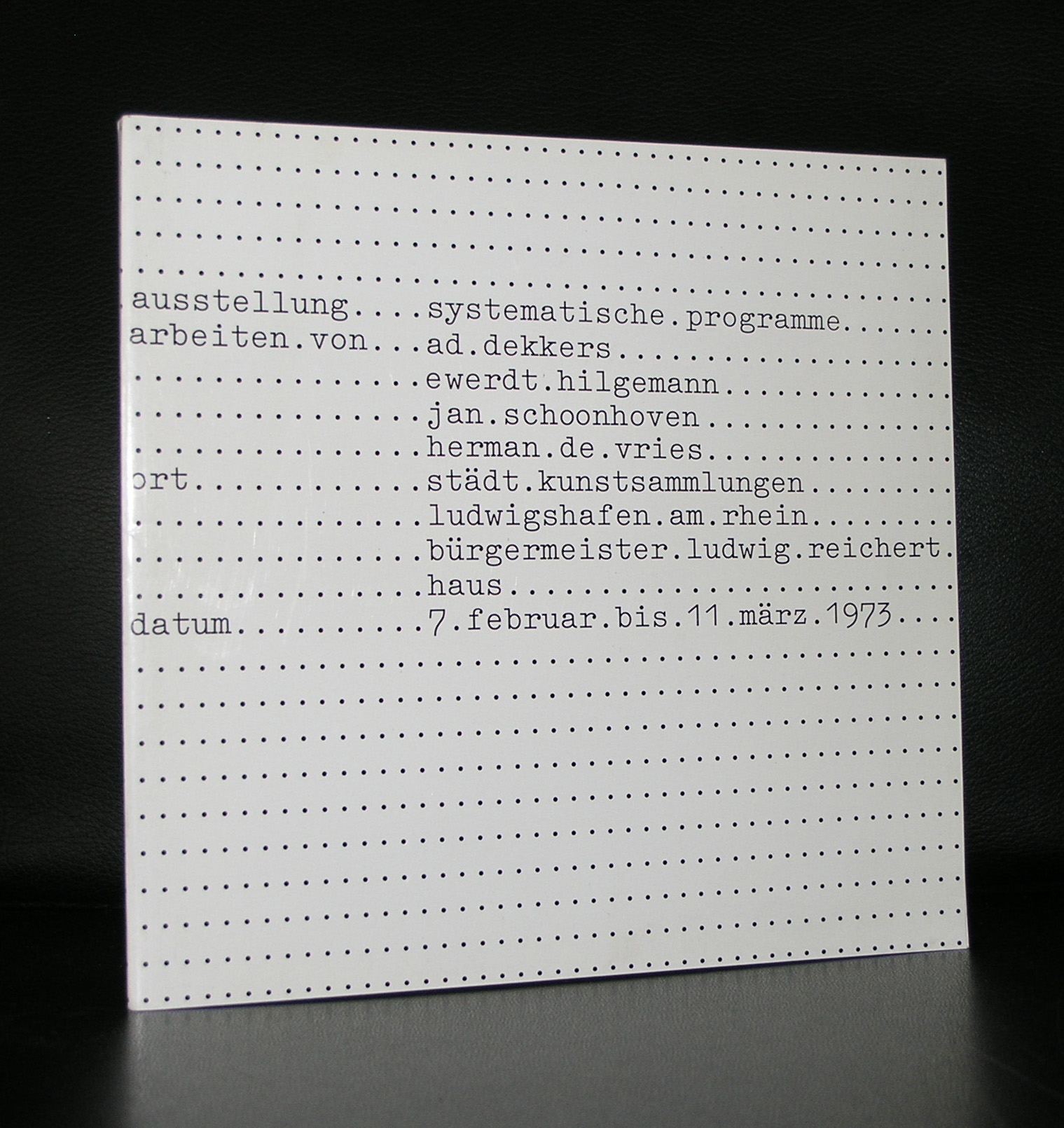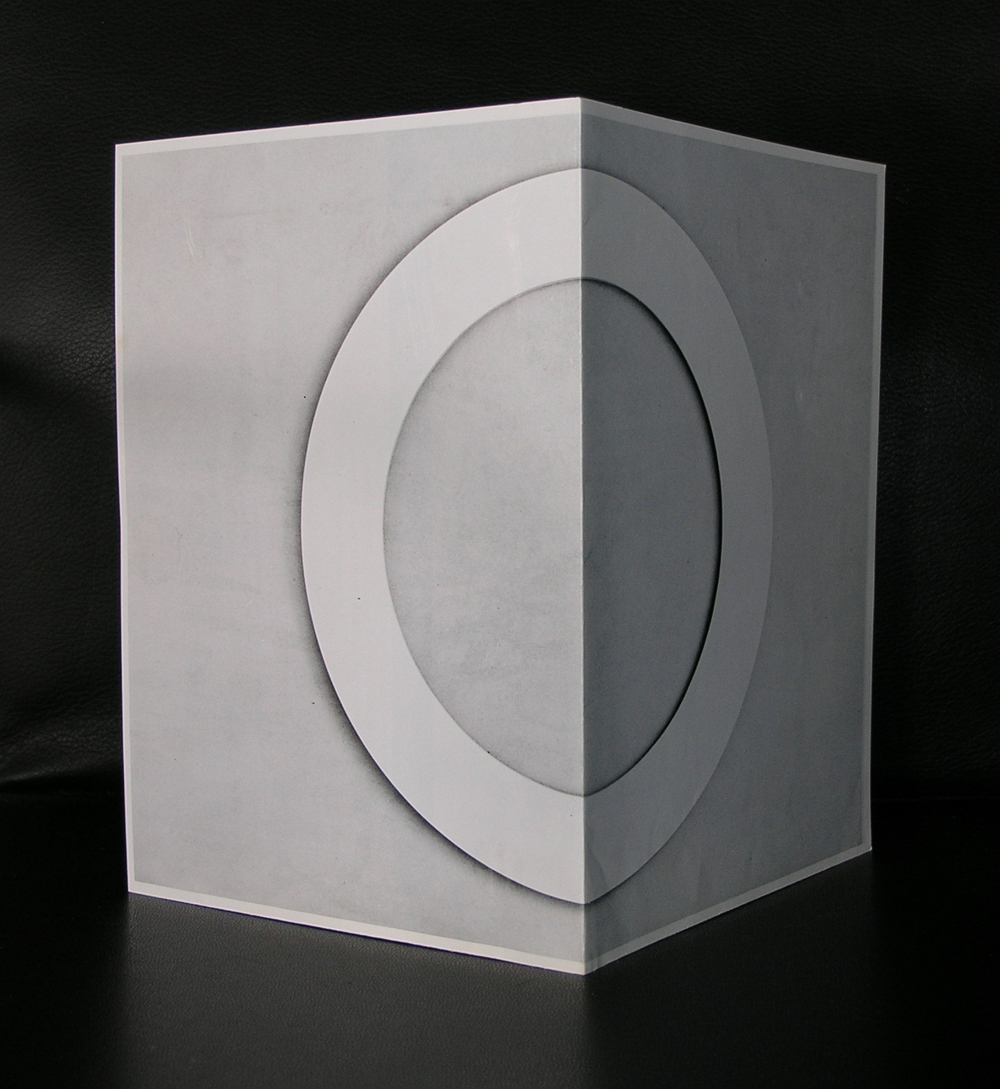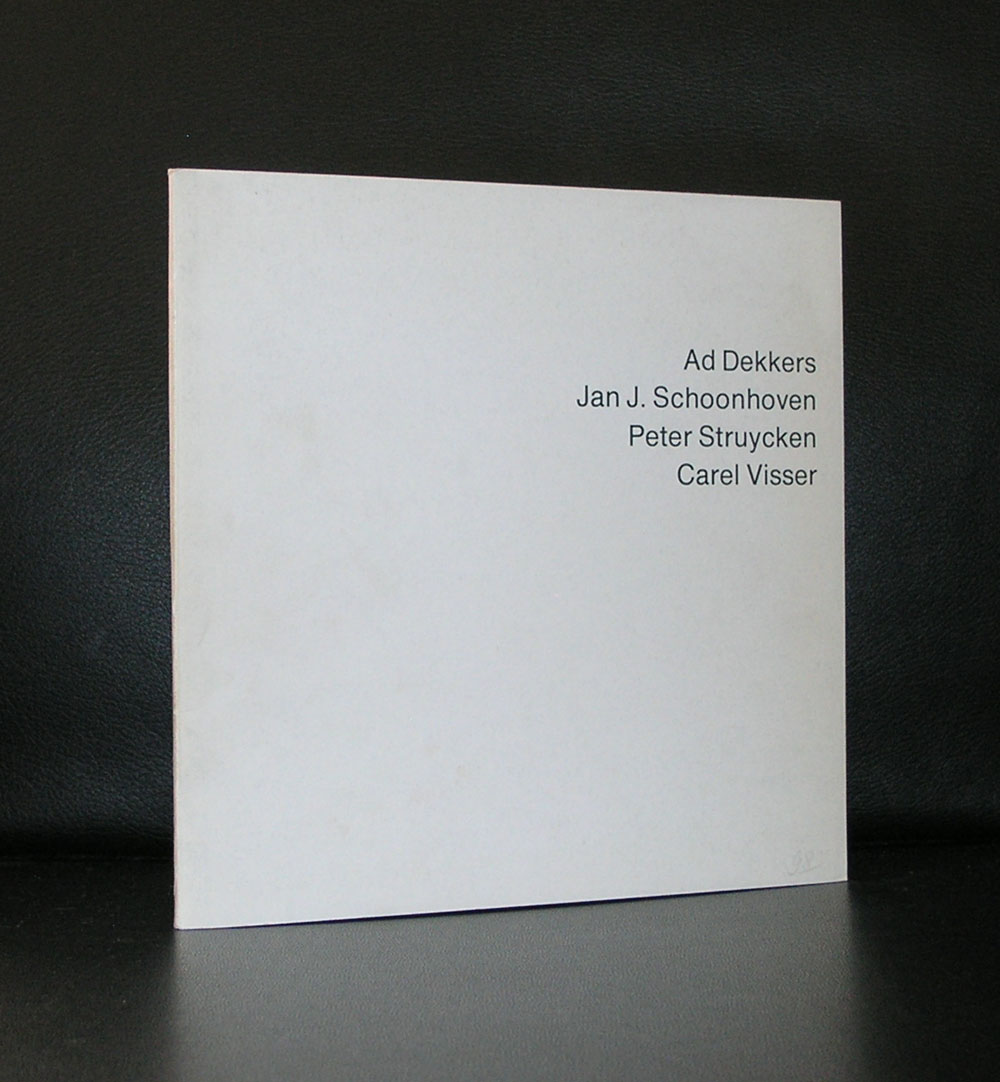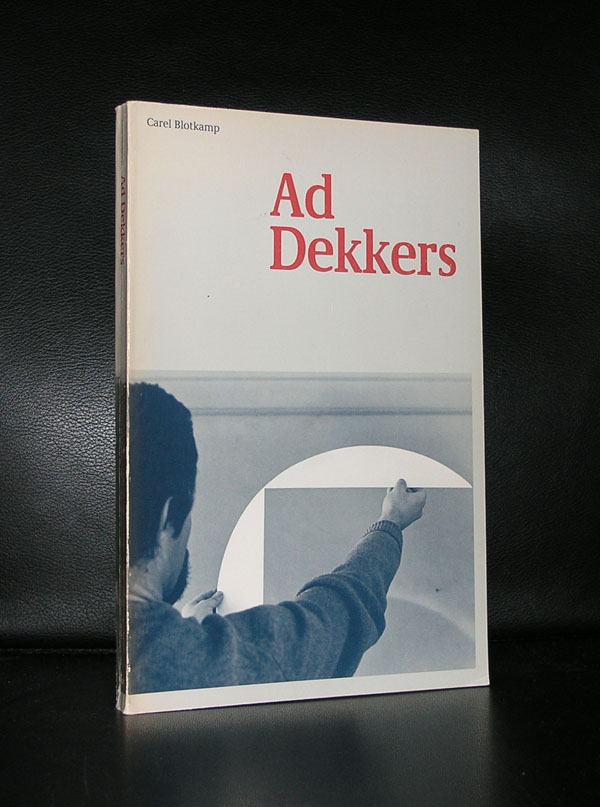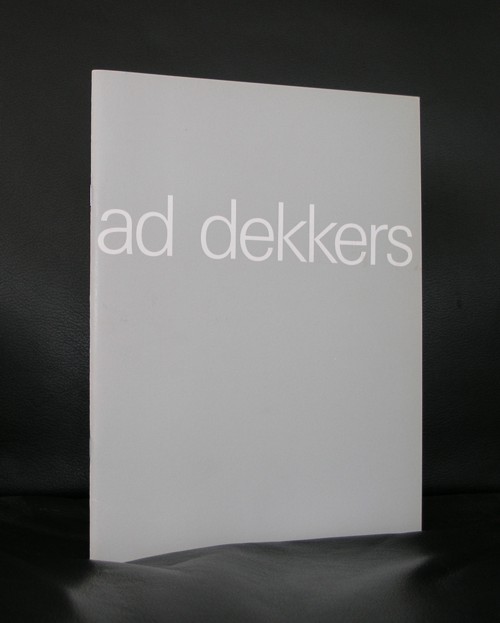
During the early 1960s, the renowned Ad Dekkers (1938-1974) was known for his extensive research on plane, form, and line. Dekkers often began his works with a circle, square, or triangle, connecting his art to pre-war artists such as Piet Mondriaan. Like Mondriaan, Dekkers shared the belief that the most universal concepts could be expressed through the purest visual means. From 1965, he began creating reliefs in editions, often cast in polyester but also in various other materials like wood and aluminum. By painting his reliefs monochromatically and usually in white, Dekkers was able to fully utilize the effect of light on his work. Additionally, he significantly reduced the number of compositional elements and emphasized the distinctive nature of each geometric basic shape through a single systematic intervention.
Dekkers was represented by Riekje Swart, the Amsterdam gallery owner who also worked with international artists such as Lucio Fontana, Sol Lewitt, Agnes Martin, François Morellet, Peter Struycken, and Gerhard von Graevenitz. With the support of Jean Leering, director of the Van Abbemuseum Eindhoven, his work was also featured in groundbreaking exhibitions such as the 1967 São Paolo Biennale alongside Jan Schoonhoven and Peter Struycken, as well as Documenta 4 in Kassel in 1968, in a gallery space shared with Elsworth Kelly.
www.ftn-books.com has some important Dekkers titles available.







